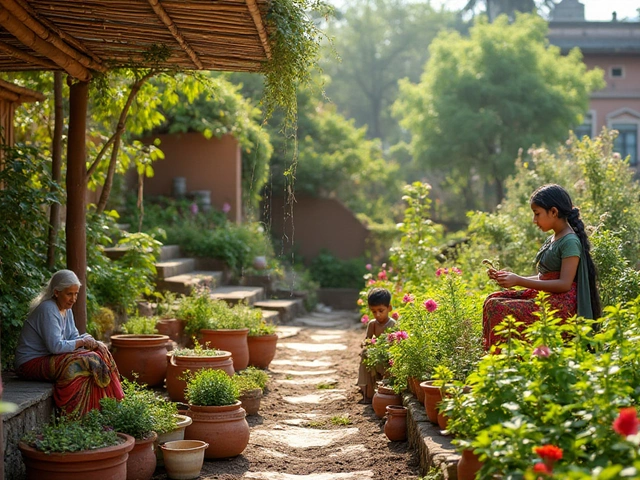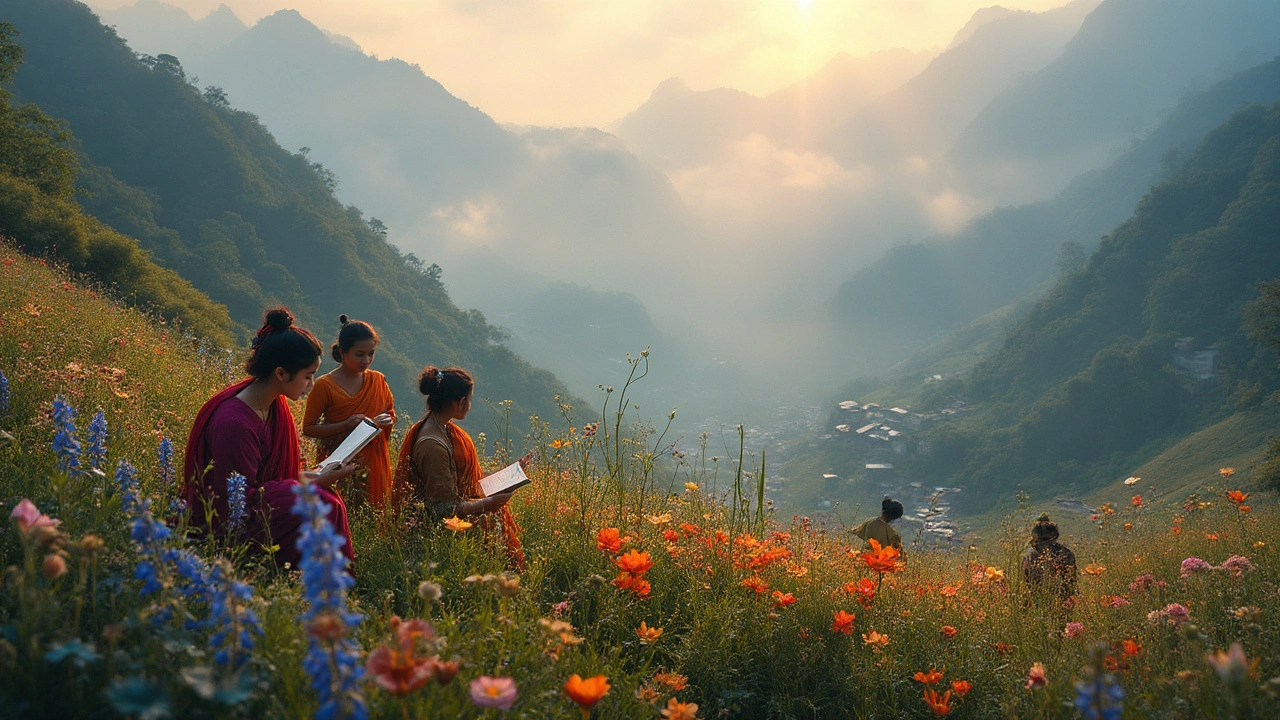Rare Indian Flowers: How to Find, Grow & Enjoy Them
India is home to some truly unique blooms that most gardeners never see. From the high‑altitude Himalayan blue poppy to the night‑fragrant Parijaat tree, these plants add wow‑factor to any garden. If you’re curious about adding a touch of the uncommon, keep reading for practical steps.
Spotting Rare Flowers in Your Region
First, know your climate zone. Many rare Indian species thrive in specific conditions – some love the cool mist of the Western Ghats, others need the dry heat of Rajasthan. Check local botanical gardens or university farms; they often showcase rare specimens and can tell you which areas suit them best.
Next, look for natural habitats. The Kadamba tree flourishes near riverbanks, while the Indian orchid prefers shaded forest understories. If you can replicate that micro‑environment in a pot or a sunny corner, you increase your success rate.
Don’t forget seasonal timing. Rare blooms usually have short flowering windows. The Himalayan blue poppy, for example, only shows its vivid blue flowers from June to early July. Mark these months on your calendar so you know when to plant and when to watch for blossoms.
Caring Basics for Exotic Indian Blooms
Soil matters more than you think. Most rare Indian flowers need well‑draining, slightly acidic soil rich in organic matter. Add compost or leaf mould to improve texture, and avoid heavy clay that can drown roots.
Watering is a balancing act. Over‑watering can rot delicate roots, while under‑watering stresses the plant. A good rule is to keep the soil moist but not soggy – think of a damp sponge, not a puddle. During the hottest months, misting can help especially for epiphytic orchids that love humidity.
Fertilize sparingly. A light dose of balanced NPK (10‑10‑10) once a month during active growth is enough. Too much fertilizer often leads to weak stems and fewer flowers.
Pruning helps shape the plant and removes dead material that could invite pests. For woody rare species like Parijaat, trim just enough to keep the canopy open for air flow.
Watch for pests but stay natural. Neem oil spray or a sprinkle of coffee grounds can deter sap‑sucking insects without harming the plant.
Want extra inspiration? Check out our guide on the Most Beautiful Flower in the World for ideas on pairing rare blooms with garden design. Also, our article about the Best Months for Flower Blooming in India will help you plan a year‑round display.
Finally, remember patience. Rare plants often take a season or two to settle in before they reward you with flowers. Keep notes on what works, adjust watering or shade as needed, and soon you’ll be enjoying blossoms that most people only see in museums.
Ready to start? Pick one species that matches your climate, prepare the right soil, and give it the care it deserves. Before long, you’ll have a garden that stands out for its exotic charm and surprising beauty.
Rare Flowers Found Only in India: Unveiling the Subcontinent's Unique Blooms
Explore India's unique flowers found nowhere else on Earth. Dive into their history, where to see them, their uses, and why they matter.
About
Sustainable Gardening
Latest Posts
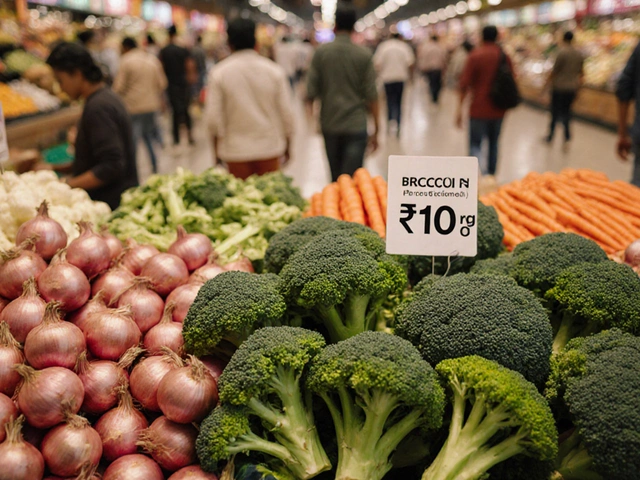
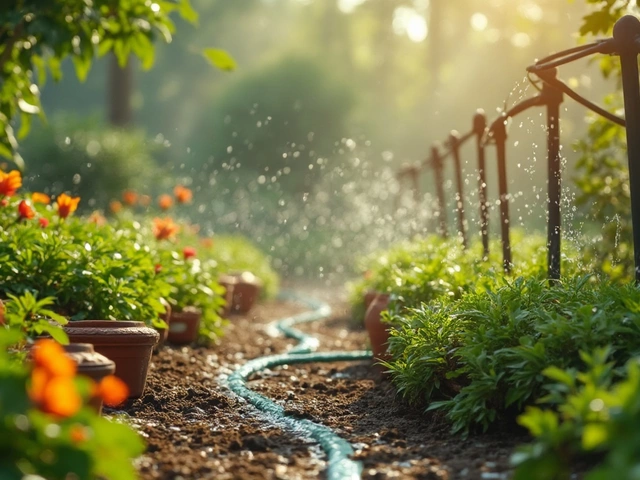
How Much Water Should Flow from Your Drip Line?
By Alden Thorne Mar 28, 2025

What Not to Put in Compost: Essential Guide for Safe and Healthy Homemade Composting
By Alden Thorne Jun 23, 2025
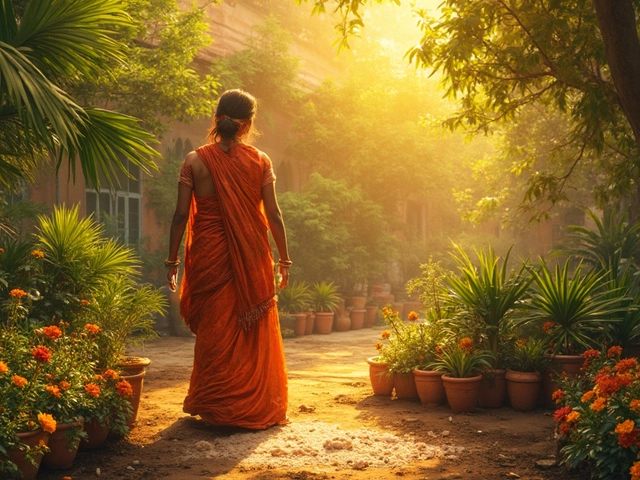
Can I Just Put Perlite on Top of Soil? Here's What You Need to Know
By Alden Thorne Mar 11, 2025
